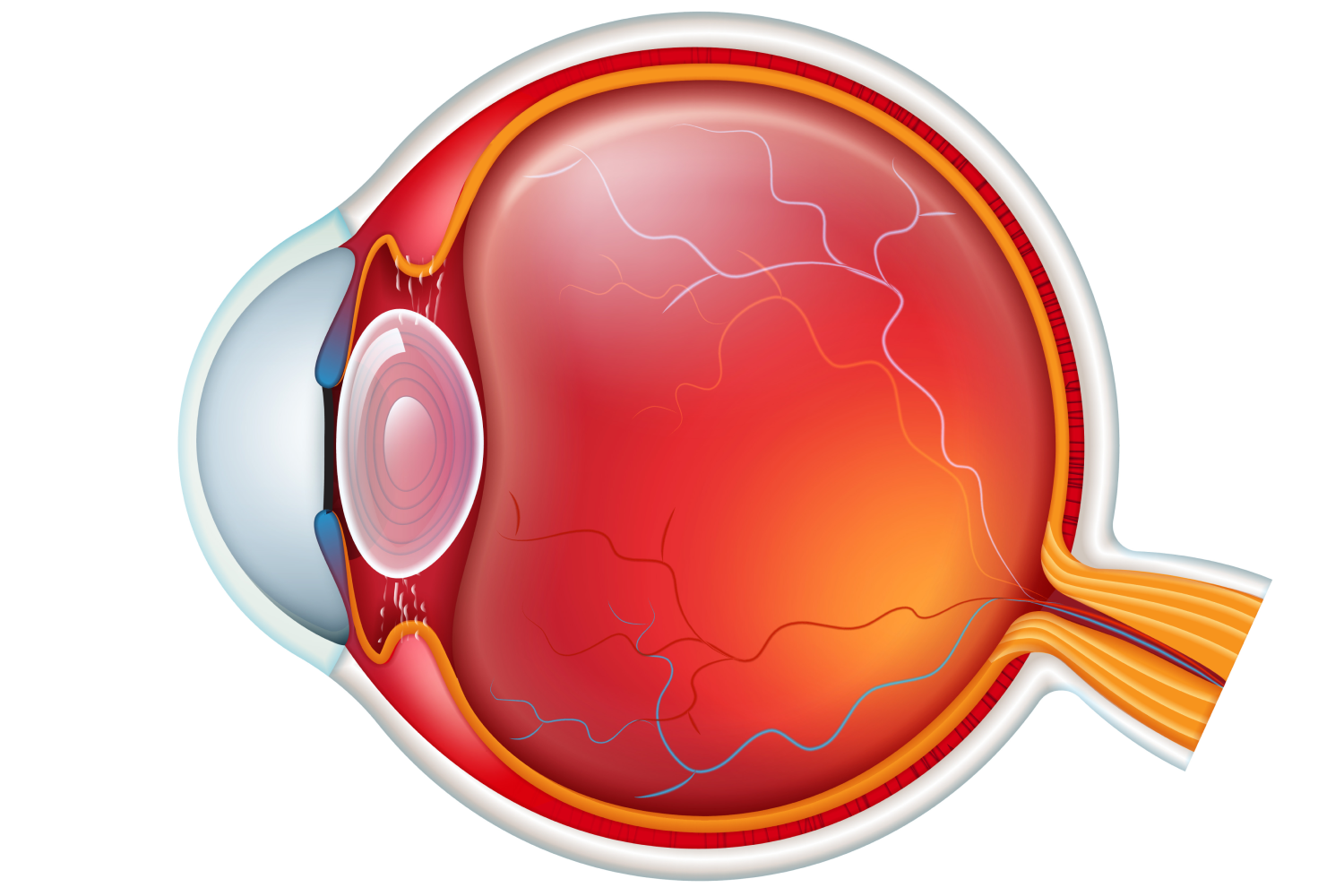Electronystagmography (ENG) and Videonystamography (VNG) are used to diagnose issues with dizziness, vertigo and difficulty walking. The tests records the movements of the eyes to aid in diagnosing an issue. Typically performed in an office, ENG/VNG takes about an hour and is pain free.

Specialties
Neurology
Pain Management
Diagnostic Tests
Therapeutic Procedures
ENG and VNG are done together in order to measure your visual responses. ENG is done through the use of electrodes, which can monitor the electrical activity in your brain. VNG uses video googles with infrared cameras that can track and measure the movement of the eyes. When used together, the tests can identify if an issue with inner ear is causing balance issues.
Your doctor will provide specific instructions before the test. Common instructions include:
• Not eating for the three hours prior to the test
• Nothing with caffeine in the 24 hours before the test
• Do not wear contact lenses to the exam
• Do not apply makeup to the face before the exam There will also be specific information regarding which medications to stop taking before the exam. It is important to fully follow these directions.
The ENG / VNG is typically done in three parts:
• Part One – Done while the patient is sitting up, the first part measures the patient’s visual system. The patient will be asked to watch a screen with moving lights.
• Part Two – Done while the patient is laying back, this test focuses on the movements of the eye when the head is in different positions. The purpose is to see how changes in position impact the patient.
• Part Three – Done while the patient is laying back, the final part of the test assesses a person’s balance. During the test both cooled and warmed air will be blown into the patient’s ear.
After the test the results will be analyzed and the results will be provided within a few days. Patients can return to normal activities after the tests are complete.
Copyright © 2024 Cayman Neurologist. All Rights Reserved.